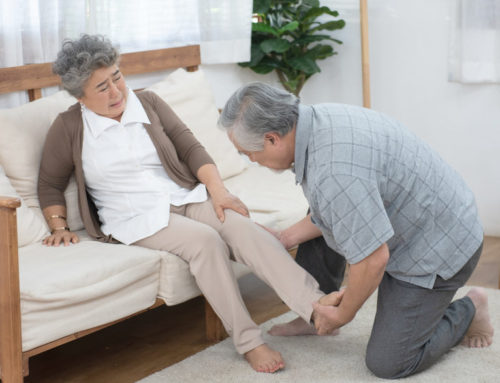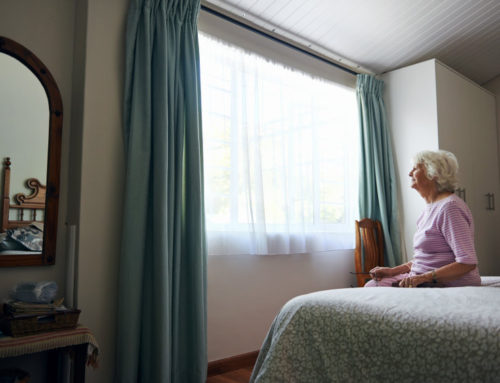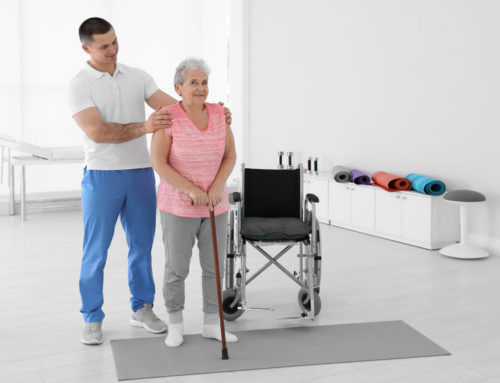Share This Story!
The Long Road To Hip Fracture Recovery
The hips don’t get much credit. Without the joint, movement is nearly impossible. So when a hip fracture happens, one can be out of commission for months. The Centers for Disease Control and Prevention (CDC) estimates that about 300,000 persons have hip fractures, particularly seniors. Patients need to regain range of motion, strength, and stability through physical therapy. Inpatient rehabilitation can be a difference-maker to get back on track.
Taking care of all recovery needs
Many hip fractures require a total hip replacement. The surgeon will replace the ball-and-socket joint with a prosthetic. Inpatient rehabilitation provides the patient with the facilities to stay at the center for the sole purpose of recovery. The center is not limited to a hip replacement but helps other ailments like stroke, COPD, heart attack, and serious injuries. The inpatient center has doctors, nurses, and therapists skilled in different forms of rehabilitation. There are a few ways the facility can help instead of the traditional outpatient process.
A more efficient recovery process
With outpatient therapy, the patient must schedule treatment, then travel to and from the center. Treatment usually lasts for 30-60 minutes. If the patient needs multiple forms of treatment, the process starts again. An inpatient rehabilitation means the patient stays at the facility for a short period. The team then has a personalized plan that can be rolled out for more in-depth care. Inpatient rehab removes the stress of travel and different therapists. This service makes a recovery a smooth, efficient process.
Safer for single patients
Some patients live alone and are accustomed to being independent. However, recovery from a hip fracture needs support, especially in the initial stages. Inpatient recovery ensures there is 24/7 support. Full-time recovery reduces the possibility of accidents from doing what was once a simple task. Some inpatient services help with those tasks like cleaning, food, and general care. Since the stay is short, usually between 1-3 months, patients will be back home soon, but fully recovered.
Full access to services
The inpatient rehabilitation can be either a part of the hospital or a stand-alone facility. Whatever the circumstance, each has a range of services in one space. The patient gets assigned therapy and other available, non-scheduled treatment. That means more gym time, pool time, massages, and other procedures to speed things up.
It’s time to consider inpatient rehab
Inpatient rehabilitation is an excellent alternative to outpatient therapy or at-home rehab. The sole purpose is to get patients back to normal. These facilities can keep patients as long as needed to tend to the recovery. Hip fracture recovery needs a gradual, specialized plan to manage pain and movement. With the high quality of care from inpatient services, recovery is detailed, safe, and efficient. For more information about recovery from a hip fracture, speak with a healthcare provider.





